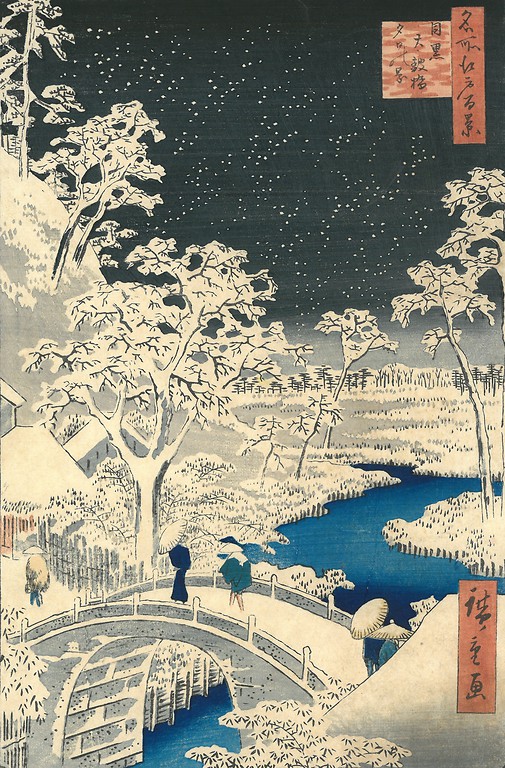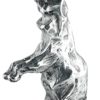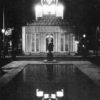WOODCUTS
Text: Paula Mroczkowska
photos: MUZEUM NARODOWE W WARSZAWIE, Drzeworyty z kolekcji Jerzego Leskowicza
I got a mirror as a birthday gift from my friends. The mirror itself would be very low-profile and probably unworthy of attention if it wasn’t for the fact that my loved ones decorated it with our pictures presenting us together and souvenirs from trips. When the mirror was handed to me, I heard, “Try to look at yourself with our eyes.”
It is easy to observe the paradox of this statement. Perceiving the world and oneself in a way different from one’s own way of thinking, observing certain things with another person’s eyes is in many cases a challenging task. However, there is a tool which can serve as this mirror given by friends – it is art. On the one hand, it provides space for extreme subjectivity, focusing on one’s own experience deriving from experiencing the art. On the other hand, it creates a perspective thanks which we can see the world just as people separated from us both by distance and time.
Not long ago I realized that when I visited the exhibition of Japanese woodcuts at the National Museum in Warsaw. The exhibition was supposed to resemble a some kind of trip – it showed the cycles of works constructing a coherent story on everyday life, places, customs of Japan in the Edo era. It is enough to surrender yourself the influence of the works by Hokusaia or Hiroshige to discover the aforementioned properties of art.
While observing these woodcuts, I did not obtain, of course, with the ability to name objects, rites, etc. Nevertheless I tried to grasp the essence of an exotic and fascinating culture, I had the impression that I became not a mere observer but a participant living in the reality presented here. That is the
suggestiveness of these woodcuts. They consolidate the transient beauty of moments which – perhaps – never really existed, but this is not the most significant issue. They show people who are close in spite of being rooted in nineteenth-century reality and other cultures, even if they are inadvertently trying to protect themselves from the storm and rain using a small umbrella.


When I was looking at this scene I really felt the wind on the face. And although I was aware that I was delusional, I was attracted to the game carefully planned by the artist. Still I could not stop from surrendering myself to the impression built up by the vast space of an unusual and in a certain way, both familiar and domesticated landscape.
Looking at all the inhumanly precise refraction noticeable in the line directed by the skilled hand of the artist, watching the delicate and sometimes strong change in colours, I came to the conclusion that they constitute the best and only explanation as regards the message conveyed in these presentations.
Their beauty is independent of both time and geography. It remains intangible and tangible at the same time, you can almost touch it. All you have to do is come closer. For a moment look at the world with the eyes of others, not forgetting about your own sensitivity.




